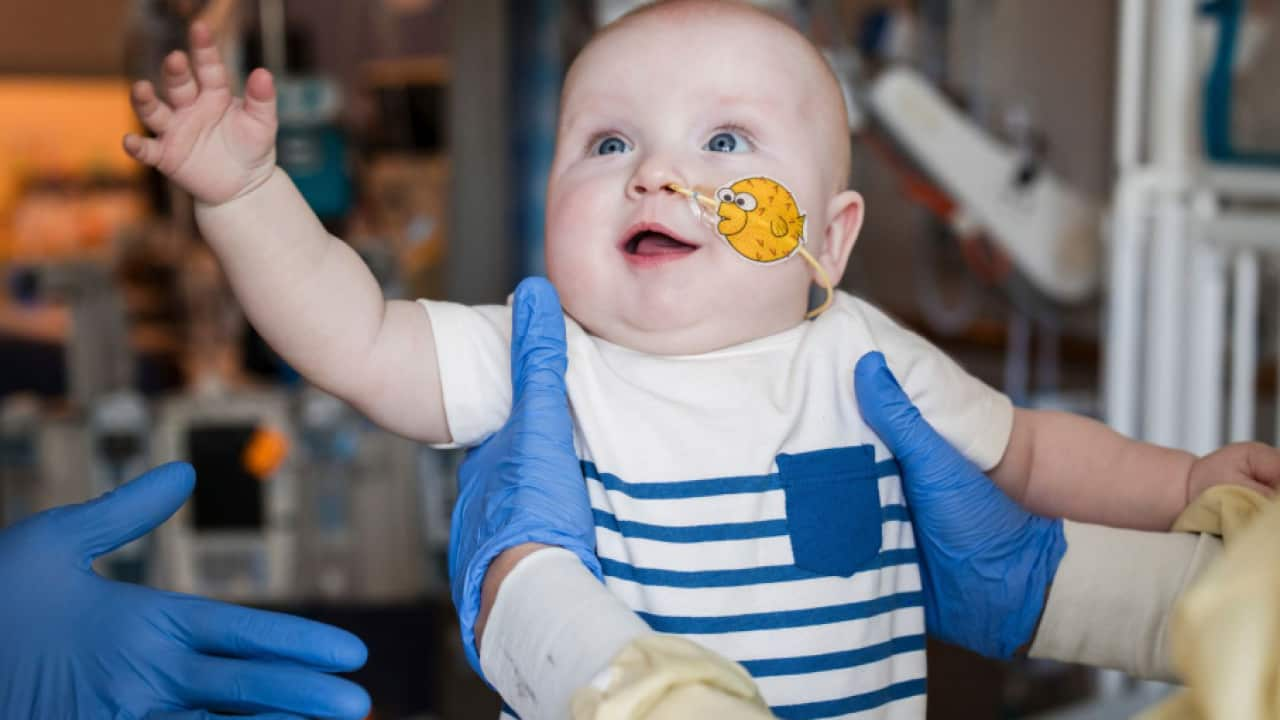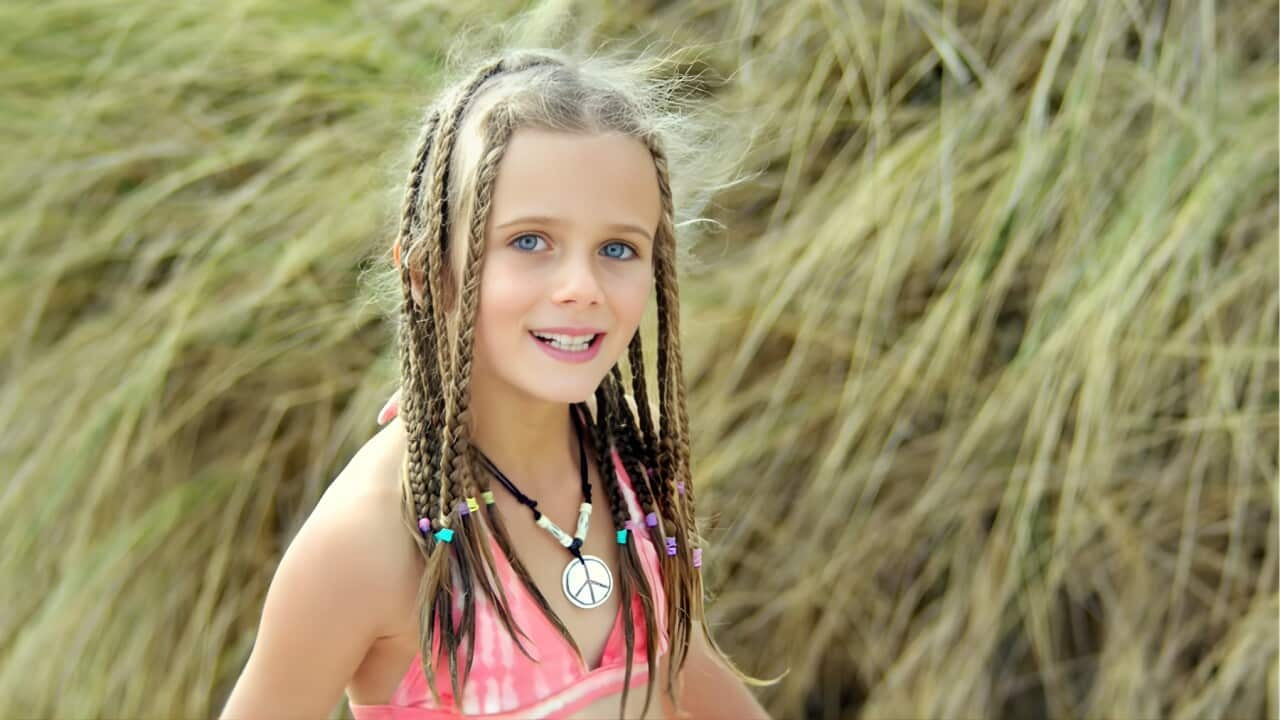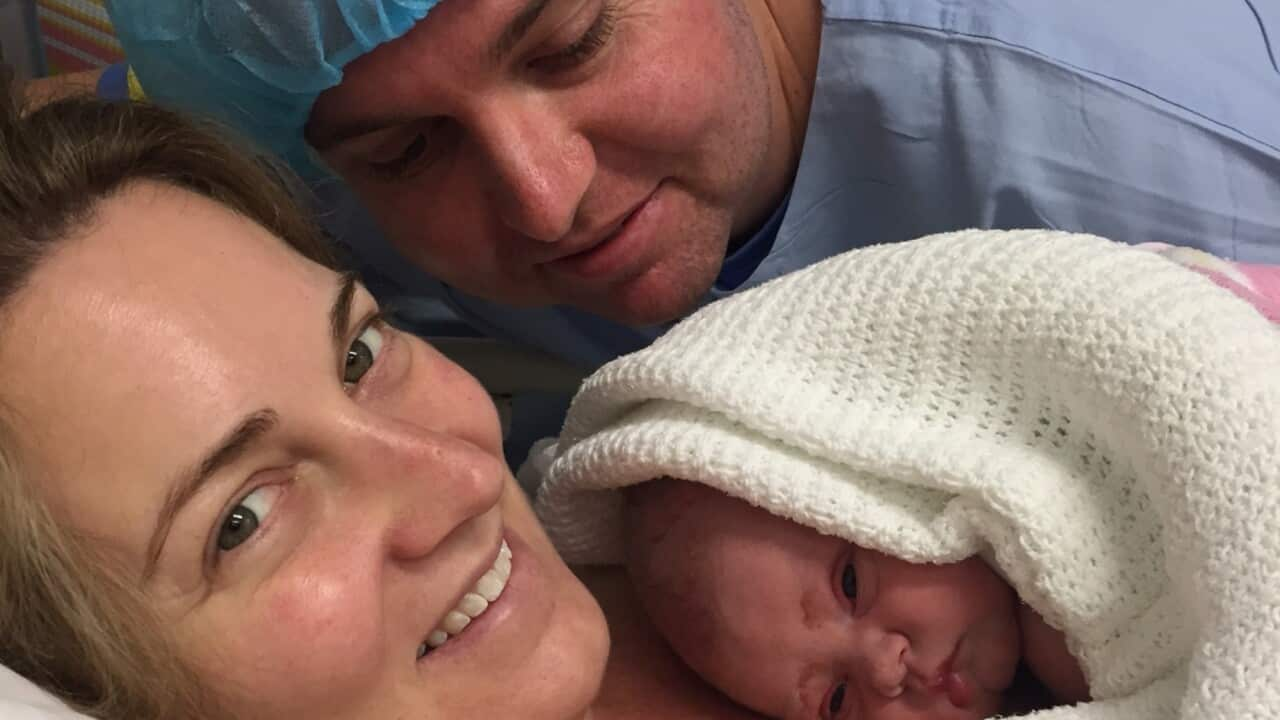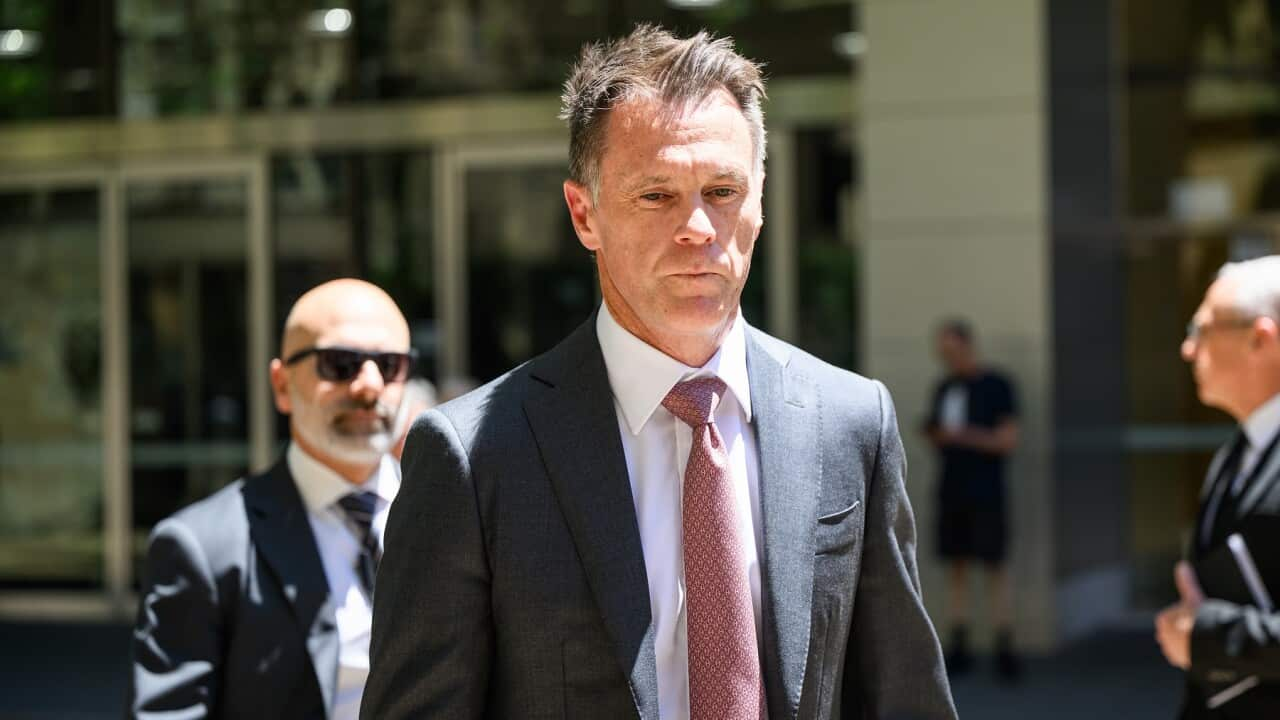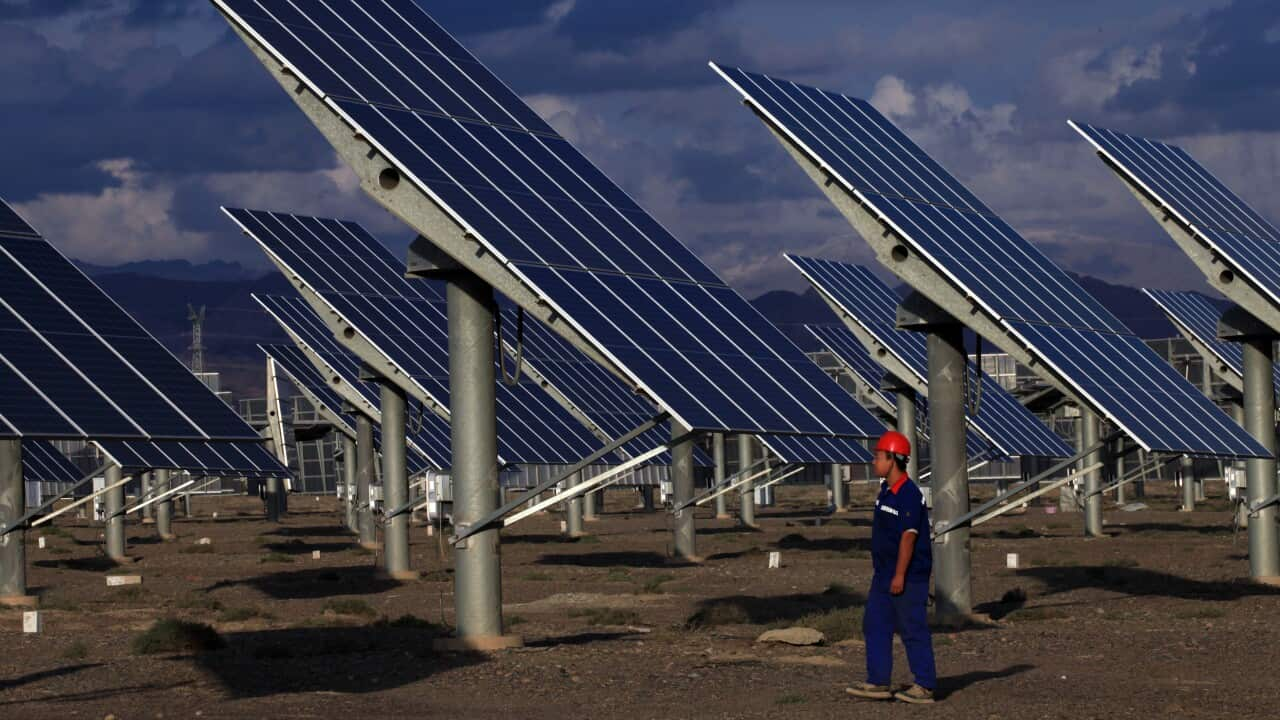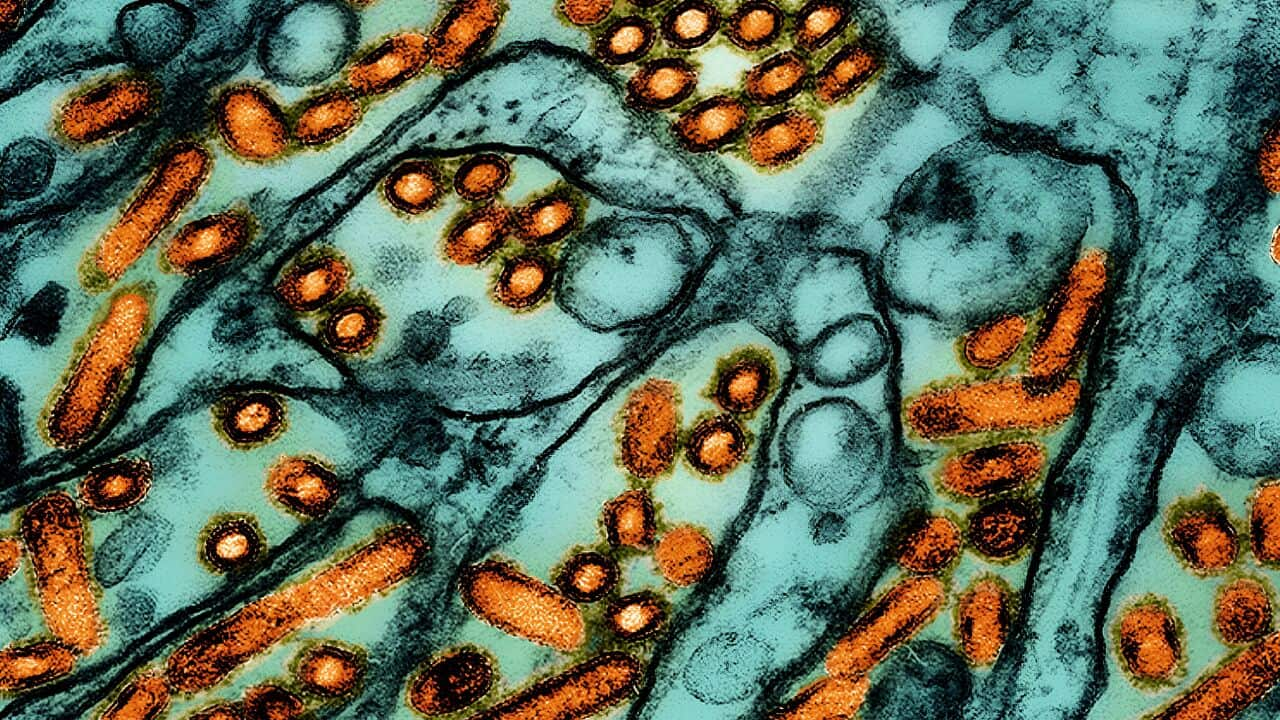TRANSCRIPT
It’s a medical breakthrough that could change how we treat some of the rarest and most devastating diseases on the planet.
In the United States, a desperately ill baby has defied the odds, thanks to a personalised gene editing therapy crafted, just for him.
Doctors say this is just the beginning, and that one day, millions could benefit from the same technology.
Baby KJ Muldoon was born with CPS1 deficiency, a condition that affects around one in a million babies.
It prevents his body from clearing toxic ammonia from the blood, often leading to brain damage or death within the first year of life.
But now, at just over nine months old, KJ is alive and showing early signs of improvement, thanks to a custom gene therapy developed just for him.
Dr Rebecca Ahrens-Nicklas is a gene therapy expert at the Children’s Hospital of Philadelphia, who helped lead the development of KJ’s treatment.
She explains the rare condition he was born with, and how her team approached it.
"KJ was born with an incredibly severe ultra-rare disease called CPS1 deficiency. And over the past nine months since he was born, we've crafted a personalised therapy designed to correct one of his specific genetic changes that make him sick."
The therapy, based on Clustered Regularly Interspaced Short Palindromic Repeats also known as CRISPR [[Crisper]] technology, chemically edits one letter of DNA rather than cutting the genetic code, reducing the chance of unintended damage.
KJ has now had three rounds of treatment without complications.
Dr Ahrens-Nicklas shares the progress he’s made.
"And we were able to make the therapy and give KJ the first dose when he was between six and seven months of age. We're happy to share that he's received three doses of the therapy without any complications and he's showing some early signs of benefit."
For KJ’s father, Kyle Muldoon, the science was overwhelming at first.
But he says Dr Ahrens-Nicklas helped them understand just how extraordinary the treatment could be.
Mr Muldoon recalls that first conversation.
"And when we had met with Dr. Ahrens-Nicklas, I had a very profound feeling about this gene editing, which was such a foreign concept. I mean, still, is a very foreign concept, but at the time, and to Dr. Ahrens' credit, she was so humble in the way she was telling us about this extraordinary thing that was essentially going to possibly save and enhance our child's life."
And for Nicole Muldoon, KJ’s mother, even the smallest milestones feel monumental.
Just months ago, doctors were discussing palliative care and liver transplants.
Now, she says, every sign of progress is proof the therapy may be working.
"In all honesty, all milestones that he's reaching or like developmental moments that he is reaching show us that things are working ... the prognosis for him was very different before we started talking about gene editing and the infusions. We were talking more about like comfort care, liver transplant, and high, you know, very severe delays due to the ammonia build-up and the damage that that could bring. So anytime we see even the smallest milestone that he's meeting, like a little wave or rolling over, that's a big moment for us, because six, seven months ago, we were having very different conversations of what that may look like."
KJ is one of an estimated 350 million people globally living with rare diseases, most of them genetic.
Though personalised therapies like his are still experimental and expensive, scientists hope they can eventually scale the technology to help more patients.
It’s too early to say whether this is a cure, but for one family, it’s a second chance, and perhaps, the beginning of something much bigger.
